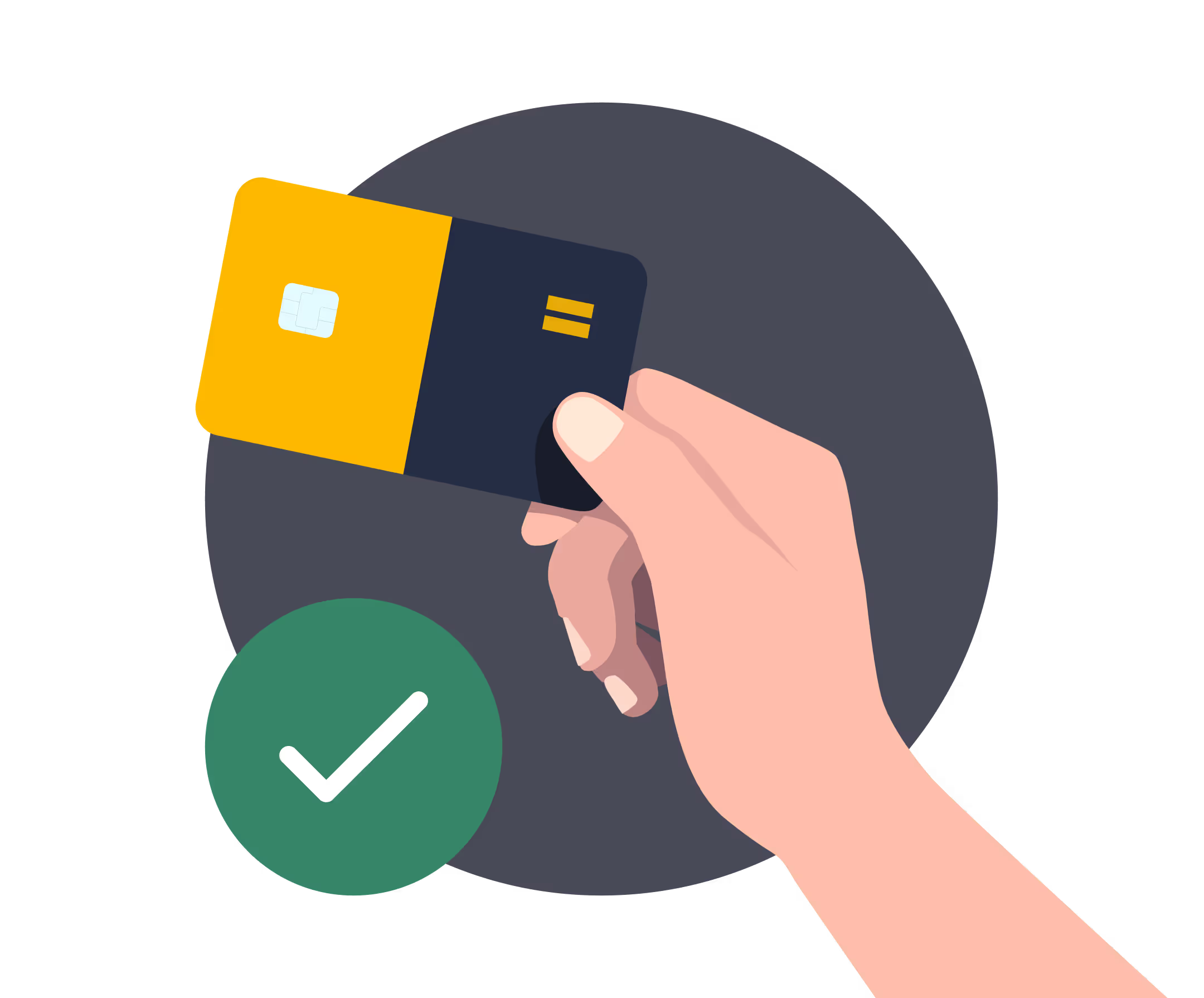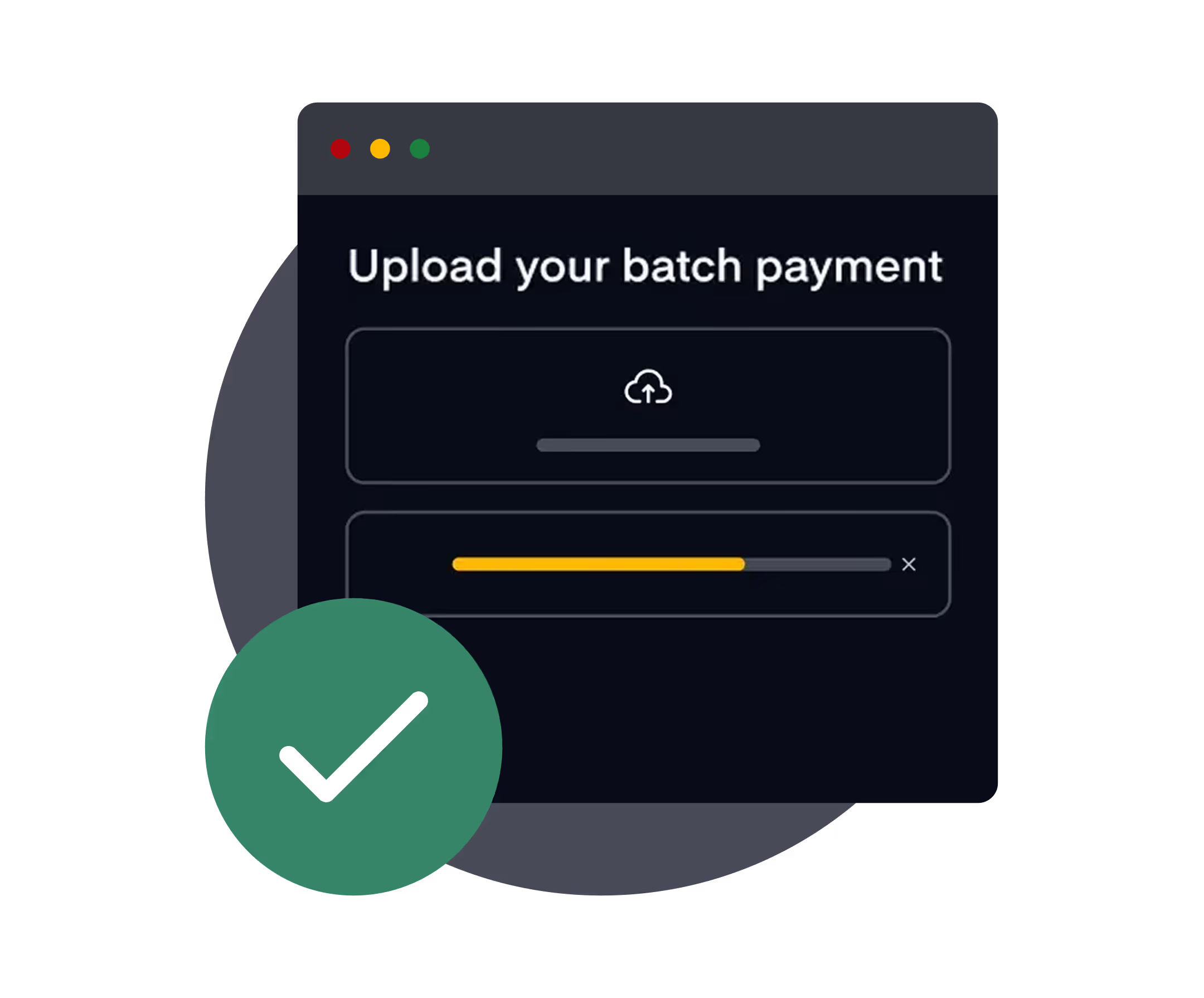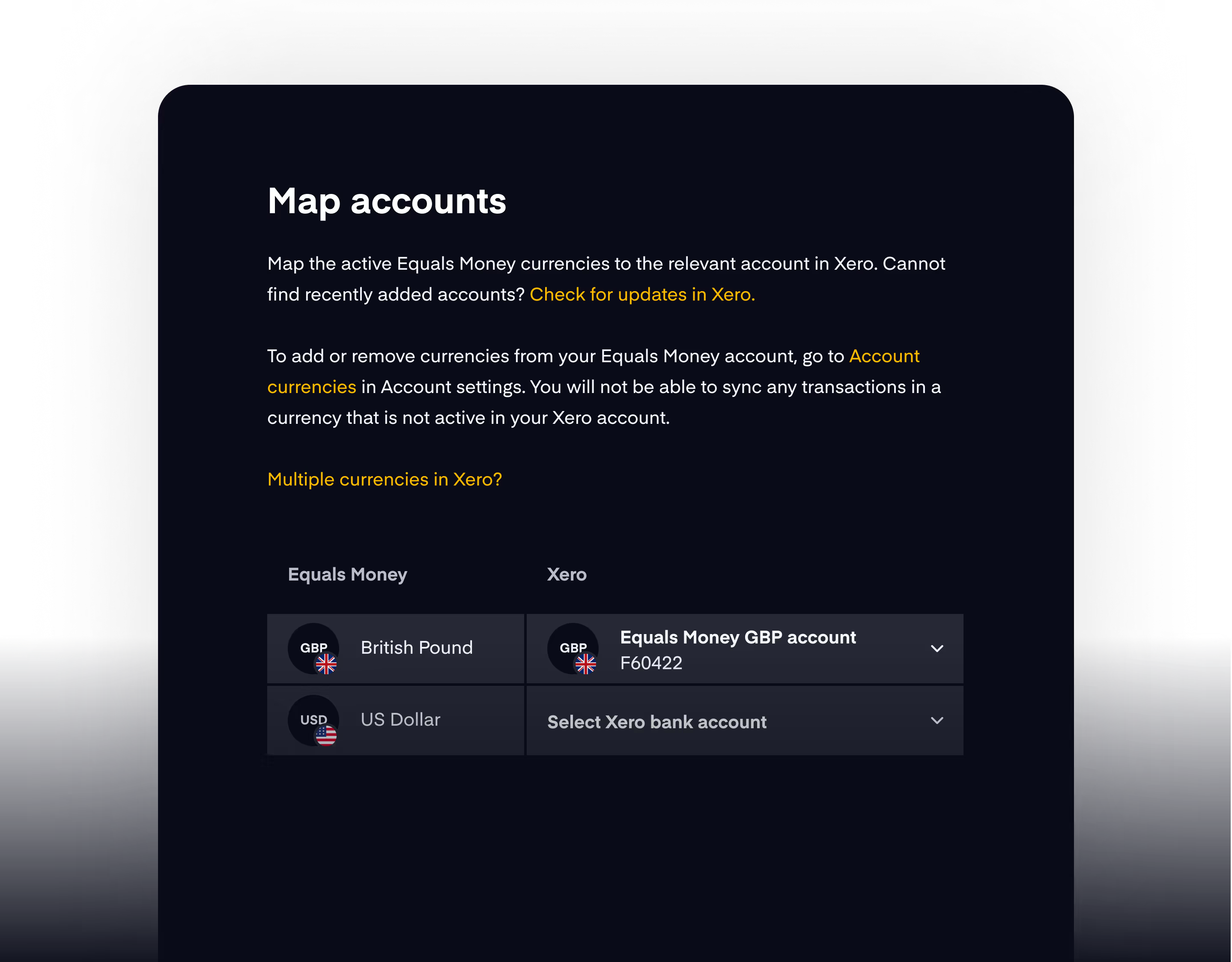NOK
The Norwegian krone (NOK) is recognised as one of the world’s more stable and widely traded minor currencies, playing an important role in global finance and the foreign exchange (FX) market.
As the official Norwegian currency, the NOK is closely linked to Norway’s robust economy, which is underpinned by substantial oil and gas exports, a strong sovereign wealth fund, and prudent fiscal management.
This commodity-driven foundation makes the NOK a popular choice for traders and investors looking to diversify into resource-backed currencies or hedge against fluctuations in global energy markets. Despite Norway’s relatively small population, the krone’s liquidity and resilience give it a notable presence in international trade, making NOK pairs a common feature in forex portfolios and FX risk management worldwide.
Yes, you can make purchases in NOK using an Equals Money card.
Equals Money cards support 21 global currencies (including NOK), allowing you to make local currency purchases in Norway. However, your card balance must include the required amount in NOK.

.png)
Yes, you can receive payments in NOK using an Equals Money account.
Equals Money accounts are equipped with a multi-currency IBAN, allowing you to receive payments and manage funds in 38 global currencies (including NOK), without the need for currency conversion.

Yes, you can make payments in NOK using an Equals Money account.
Equals Money allows outbound wire payments in 61 global currencies (including NOK). Read more on how to make an online payment here.
If you're an existing payments customer and do not have access to an online account, please speak to your account manager or get in touch with our team.

Yes, you can make bulk payments in NOK using an Equals Money account.
Equals Money allows bulk (batch) payments in 35 global currencies (including NOK).

Historical context of the Norwegian kroner
The Norwegian krone has a rich history that reflects the nation’s economic and political development.
Introduced in 1875, the krone replaced the Norwegian speciedaler when the country joined the Scandinavian Monetary Union alongside Sweden and Denmark. This union aimed to create a stable and unified currency system based on the gold standard, with 1 krone equal to 1 Swedish or Danish krone (the Danish currency also shares the name "krone"). Although the union was dissolved in 1914 following World War I (which also saw gold standard suspension), Norway retained the krone as its national currency, demonstrating its importance to the country’s monetary independence.
Throughout the 20th century, the Norwegian krone experienced several significant events, including the abandonment of the gold standard during the Great Depression and various pegs to other currencies, such as British pound sterling (GBP) and later the US dollar (USD).
In 1992, after a period of exchange rate targeting, Norway adopted a floating exchange rate regime, allowing the NOK to fluctuate according to market forces.
NOK culture
Today, Norwegian kroner remains as one of the world’s stronger and more stable currencies, supported by Norway’s substantial oil and gas sector, prudent fiscal policies, and strong sovereign wealth fund. The historical resilience of the currency makes it a point of pride for Norwegians and a notable player in global finance.
Currency symbol
The currency symbol for the Norwegian krone is kr, an abbreviation derived from the word krone, which means crown in Norwegian.
This simple yet distinctive symbol is used throughout Norway and abroad to denote prices in the national currency. For example, a coffee in Oslo might cost kr45, while a hotel room might be listed at 1,200 kr per night.
In international contexts, the kr symbol helps differentiate the Norwegian krone from other crown currencies, such as the Swedish krona (SEK) or Danish krone (DKK), which use the same symbol but have different ISO codes.
When writing for a global audience, the kr symbol is often paired with the NOK code to ensure clarity and assurance for large transfers or market analysis — for instance, NOK 500 kr.
ISO code
The ISO currency code for the Norwegian krone is NOK.
This internationally recognised three-letter currency code is vital in global finance and trade, ensuring that the Norwegian currency is easily identifiable in forex markets, banking systems, currency converters, and international money transfers.
The NOK code appears in currency pairs on trading platforms, in international invoices, and when converting foreign exchange rates.
For example, travellers exchanging euros to Norwegian kroner will often see the pair listed as EUR/NOK. The standardisation of NOK under ISO 4217 means fewer errors in cross-border payments and better transparency for businesses and individuals handling Norwegian krone abroad.
Central bank
The Norwegian krone is issued and regulated by Norges Bank, Norway’s central bank and one of the world’s oldest still operating central banks, founded in 1816.
Norges Bank is tasked with maintaining the stability and value of the Norwegian currency, setting monetary policy, managing the country’s foreign exchange reserves, and issuing banknotes and coins.
One of the unique aspects of Norges Bank’s role is its management of the Government Pension Fund Global, commonly known as Norway’s sovereign wealth fund — the largest in the world. This fund invests surplus revenues from Norway’s oil and gas production to secure economic stability for future generations, indirectly supporting the strength and credibility of the NOK.
Through careful interest rate adjustments and transparent communication, Norges Bank influences inflation, exchange rates, and economic growth. Its monetary policy decisions are closely watched by forex traders and investors who trade NOK as part of their portfolios.
Denominations
The Norwegian krone is divided into practical denominations for everyday use (such as vending machines) and specific needs, with both coins and bank notes in circulation.
The coin series includes the 1 krone, 5 kroner, 10 kroner, and 20 kroner coins. These coins feature designs that reflect Norway’s maritime heritage, royal symbols, and historical motifs.
On the banknote side, Norges Bank issues notes in denominations of 50, 100, 200, 500, and 1,000 kroner. The most recent banknote series, launched between 2017 and 2019, is renowned for its modern design and advanced security features. The notes feature themes from Norway’s maritime history, such as ships, sea routes, and the coastal landscape, which symbolise Norway’s close ties to the ocean and global trade.
Currency subunit
The Norwegian krone is technically divided into 100 øre, a historical subunit of the currency (similar to cents or pence).
However, due to low purchasing power and inflation, the use of øre coins has been gradually phased out. The 10, 25, and 50 øre coins were withdrawn between the 1980s and 2012, leaving only the krone as the smallest unit used in cash transactions today.
While prices may still be displayed with øre to indicate fractional amounts (for example, kr 19.99), cash transactions are rounded to the nearest whole krone. In electronic payments, the exact amount is charged. This practical shift shows how the NOK has adapted to modern consumer habits and inflation, keeping transactions simple and efficient while preserving the historical link to the øre.
Official name and common nicknames
The official name of NOK is the Norwegian krone, which means crown in Norwegian, reflecting Norway’s constitutional monarchy and historical ties to other Scandinavian countries. In plural, the currency is referred to as kroner.
Internationally, people often default to “NOK” or “Norwegian krone” regardless of the amount, but locally, Norwegians stick to the grammatical rules. For example, prices on receipts, price tags, and financial statements will correctly use krone or kroner depending on the context.
In financial markets, the currency is frequently called NOK, especially in international contexts. Unlike some currencies, the Norwegian krone doesn’t have many slang terms, but you might occasionally hear people refer to smaller amounts as lapper, which loosely means notes in Norwegian slang.
Common NOK forex trading pairs
In the global forex market, the Norwegian krone is considered a minor but highly liquid currency, particularly popular among traders who track commodity-driven economies. Norway’s significant oil and gas exports mean that the NOK often behaves like a “petrocurrency”, moving in response to shifts in global oil prices and energy markets.
Some of the most common NOK forex trading pairs are:
- EUR/NOK (euro/ Norwegian krone)
- USD/NOK (US dollar/ Norwegian krone)
- GBP/NOK (British pound sterling/ Norwegian krone)
- NOK/SEK (Norwegian krone/ Swedish krona)
These pairs are favoured by traders looking to utilise currency tools and hedge exposure to the Nordic region, speculate on oil market trends, or benefit from interest rate differentials set by Norges Bank.
Is NOK a commodity currency?
Yes — the Norwegian krone is widely considered a commodity currency.
This is because Norway’s economy is heavily reliant on exports of natural resources, especially oil and gas. Petroleum products account for a significant portion of Norway’s GDP, government revenue, and foreign exchange earnings. As a result, the value of NOK is strongly influenced by fluctuations in global oil and gas prices.
In the forex market, traders often classify the NOK alongside other commodity currencies like the Canadian dollar (CAD) and the Australian dollar (AUD). When oil prices rise, the NOK tends to appreciate because higher oil revenues strengthen Norway’s trade balance and fiscal position. Conversely, when oil prices fall sharply, the NOK can weaken.
However, unlike some smaller commodity-linked economies, Norway’s large sovereign wealth fund (the Government Pension Fund Global) and prudent fiscal policies provide the NOK with added stability. This means that while the NOK is indeed a commodity currency, it’s also supported by strong economic fundamentals, good governance, and active central bank policy, which help smooth out extreme swings compared to more volatile commodity currencies.
















